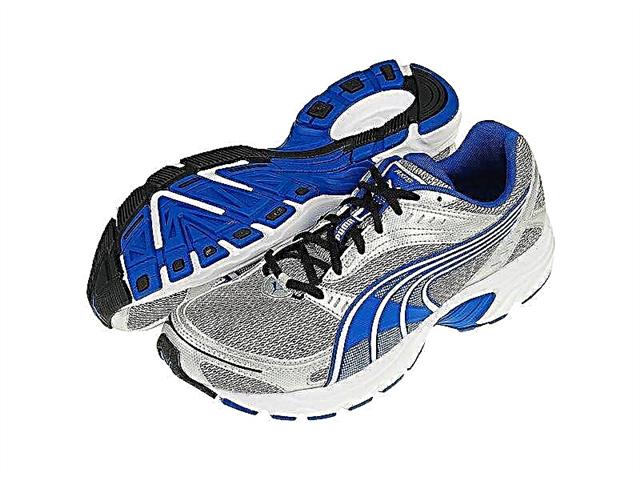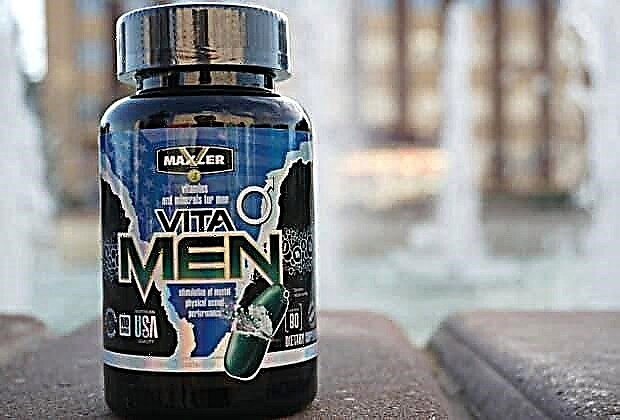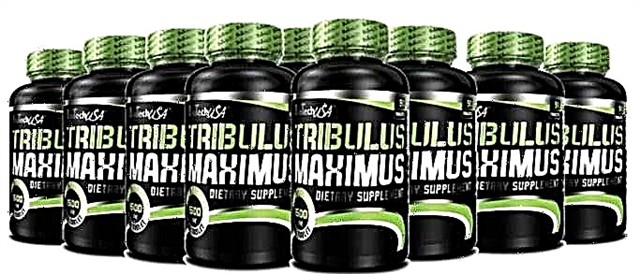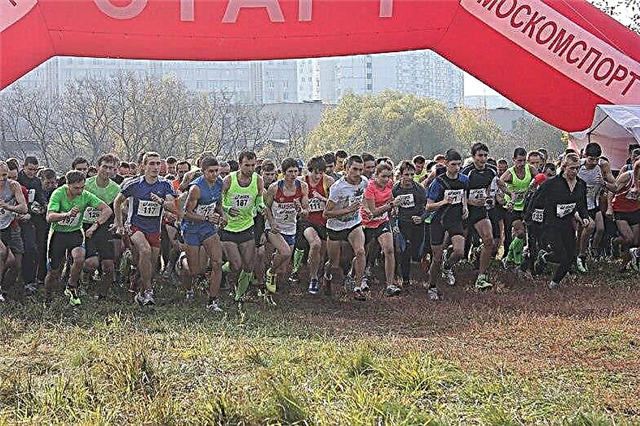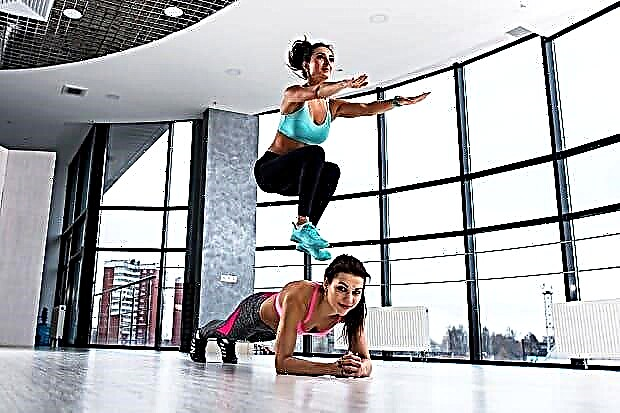While most amateur runners ran in the Moscow Marathon, I preferred to compete in the Volgograd Half Marathon Handicap. Since the half marathon was the most necessary start for me at the end of September. I ran very well for myself. Showed time 1.13.01. He took 3rd place both in time and in handicap.

Organization
I have been participating in the Volgograd running competitions for a long time, so I almost always know what to expect from the organizers. The organization is always at a good level. No frills, but everything is clear, correct and stable.
This time it was all the same. But only a few pleasant little things were added, which greatly affected the final impression of the race.
First of all, this is the support of volunteers. Volgograd can hardly be called a running city. Therefore, it was not customary to cheer and cheer for the runners there. Anyway, so active. This time, literally all the volunteers along the entire route encouraged the runners as best they could, which undoubtedly added strength. And like a trifle that is present in many races, but how it changes the impression of the competition.

Secondly, I would like to separately mention the drummer groups. They helped a lot with their music while running. You run past, and forces come from nowhere. I already ran this year at another half marathon in Tushino, where drummers also cheered the participants along the track. I really liked this idea then. And this time Volgograd also decided to use this method of support and made the right decision. I liked it very much, and not only to me, but to very many participants in the race.
Otherwise, everything was, shall we say, stable and correct. The starter package included a T-shirt and a number. The fee was, if you register on time, only 500 rubles. Changing tents, free toilets, foil blankets at the finish line so as not to lose heat, sensible markings, prize money, quite decent for this level of the race.

The only thing is that the track itself was not particularly pleasing with a total of ten “dead” 180-degree turns in a half marathon. This was due to the fact that repairs continued on a part of the track. Therefore, according to the organizers, it was simply not possible to get rid of such turns.
Weather
About 2 days before the race, having looked at the weather forecast, it became clear that an easy run would not work. It was expected 9 degrees Celsius, rain and wind about 8 meters per second. But the weather was kind to the runners and the conditions were much better in the end. The temperature may not have been particularly warmer than 10 degrees, but the wind was clearly lower, no more than 4-5 meters per second, and there was no rain at all.

We can say, with the exception of the wind, which blew in total on half of the route, the weather was cross-country.
Tactics. Driving along the highway.
The runners had to overcome 5 laps. There was only one small rise on the circle, about 60 meters long. The rest of the distance was on the plain.
Since it was a handicap, the participants started at different times. I started in the very last group, 23 minutes behind the women 60+ category. In general, when I ran, the only representative of this category had already overcome the first circle.
I planned to start at 3.30 and then watch, keep the pace, build up, or still slow down.
After the start, one of the participants took the lead immediately. His tempo was clearly too high for me, so I did not hold on and gradually he ran away from me. Further, three kilometers after the start, another participant overtook me. He was late for the start, so he didn't run away from me right away, together with the leader, but caught up. These were the favorites of the race, so I didn’t reach for them and worked at my own pace.

I calculated that in order to run the 3.30 half marathon, each lap should be covered in about 14 minutes 45 seconds. The first circle came out a little slower. 14.50. At the 5 km mark, I showed the time 17.40. It was 10 seconds slower than what I stated to myself. Therefore, gradually, feeling the strength in himself, he began to raise the pace.
At the 10 km mark, I was almost close to the target average pace, breaking the top ten in 35.05. At the same time, he continued to run at about the same speed.
At the end of the 4th lap I managed to overtake my two most important competitors - runners from other age categories, who started with a handicap relative to me. And therefore, despite the fact that they ran slower, they could have won due to this very handicap.
Therefore, I went to the final circle in a solid 3 position. The gap increased from fourth place. And I could not catch up with the second one.
At the 15 km mark, my time was 52.20, which indicated that I was slowly getting ahead of the schedule at 3.30. There remained the final circle, which I decided to roll. But by this moment, due to the fact that I had tied the laces on the sneakers incorrectly and loosely, the nail in the sneaker began to cling. Which was a decent pain. I had to run the rest of the circle with bent fingers so that the nail would not stick out. I thought it fell off completely. But no, I looked at the finish line, it even turned black only at 13, and not all. As it usually happens.
Because of the nail, I did not manage to give all my best on the final circle 100 percent. But I did my best for 80-90 percent. As a result, I finished with the result 1.13.01. And the average pace turned out to be 3.27, which is even higher than what I expected. At the same time, there was no particular fatigue and after the race nothing hurt. It felt like I just ran a temp in training.

Tactically distributed forces ideally. It turned out to be a perfect negative split with a slower start and a higher finish. I figured it turned out that I ran the final 10 km in about 34.15.
The weather was cool. Therefore, on the way, I grabbed only one glass and took one sip, as my throat was just a little dry. I did not want to drink at all and did not need to. The weather allowed not to waste time on food items, without fear of "catching" dehydration.
Preparation and eyeliner
I want to say a few words about how I prepared for the start. There was no full preparation. August I was all ill, so I trained anyhow. In September, too, family circumstances did not allow the month to start normally. I began to fully prepare only from about September 5th. Then I already began to introduce tempo training, fartleks and intervals. Surprisingly, the results of these very pace and interval workouts were very pleasing. For example, I did the workout 2 times, 3 km each, resting 800 meters. 9.34, 9.27. For me, this is a very decent training time, which I have not shown before. At the same time, I did not have time to switch to two workouts a day.
I am sure that the running volume that I wound during the preparation of the 100-kilometer track in July affected. 200-205 km a week for almost a whole month made themselves felt.
I was brought up as usual. Two weeks before the start, I did some good tempo endurance workouts, running 3 km segments. And a week before the start I did only supportive workouts. True, 4 days before the half marathon, I ran 2 km in 6.17, the first in 3.17 and the second in 3.00, without much stress and raising the heart rate. Which was also a pleasant surprise.
In general, the preparation turned out to be very ragged. However, she gave a result.
Conclusions on preparation and race
Setting a personal record, and even 2.17 faster than the previous one, is always a very good result.
Of the advantages, I can single out the ideal running tactics in this case. It is not often possible to distribute forces so correctly and clearly that, after finishing on a personal best, not to hang your tongue on your shoulder, but to have a certain reserve of strength, which could not be realized only due to a damaged nail.

It can also be concluded that after the gigantic volumes of summer running for me, I was sick for a month, which gave me the opportunity to take a break and further, without even introducing two workouts a day, I was able to translate quantity into quality with the help of endurance training. In general, the standard preparation scheme. First, there is an active work on the base, then tempo training is performed on this base, which give the result.
I was stupid about the lacing. Didn't initially take care of checking if I laced it up correctly or not. I just tied it up, and ran. It backfired on me with a black fingernail and the loss of seconds on the finish loop.
But in general, I can definitely add the race to my asset. I ran very cheerfully, the time was quite worthy. Feels good. The organization made me happy. Even the weather was fine.
Now the next start is a marathon in Muchkap. The minimum target is to exchange 2.40. And then how it goes.

